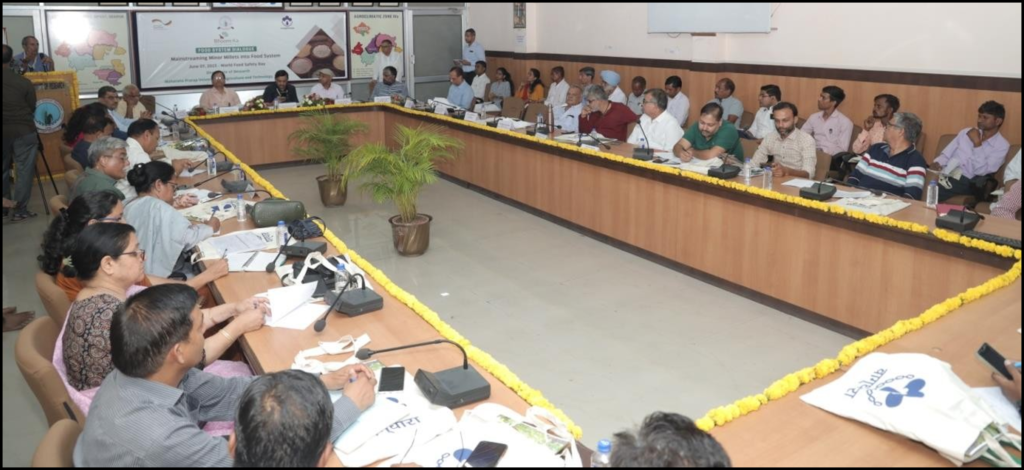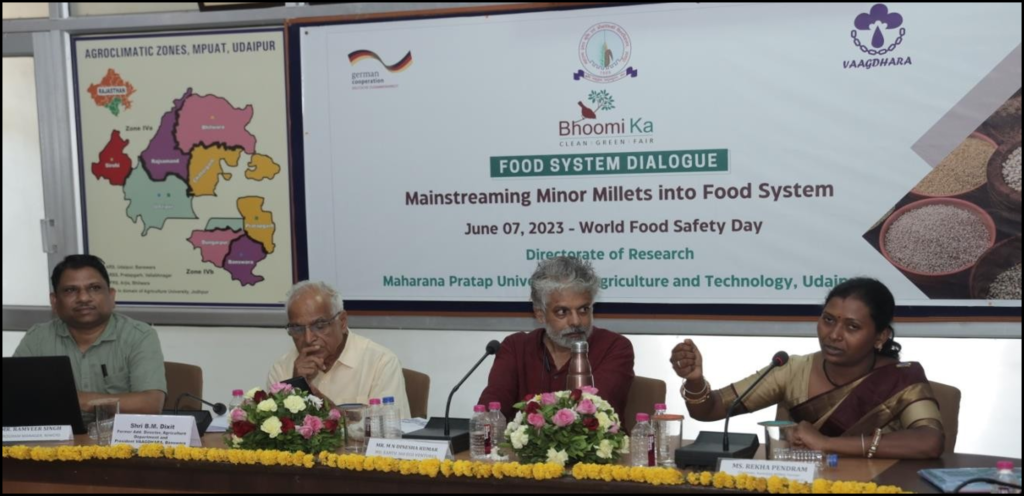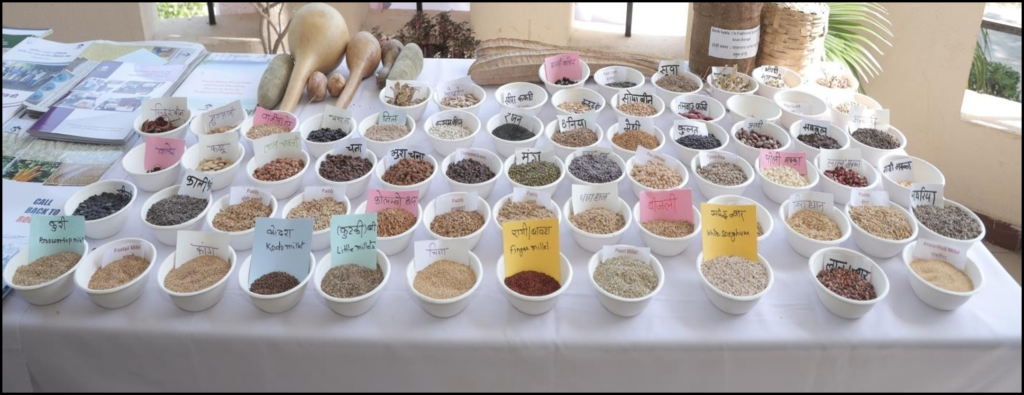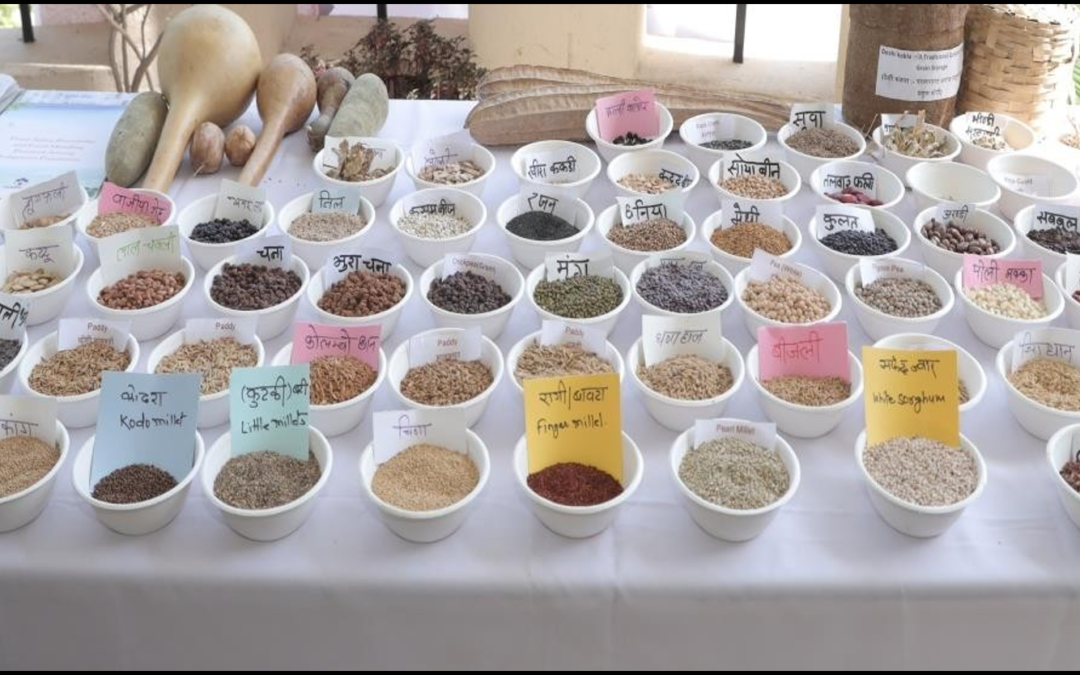In a world where modernization has often overshadowed the wonders of traditional crops, the International Year of Millets 2023 has emerged as a beacon of hope for our food system. This momentous occasion celebrates the resurgence of major millets like Pearl Millets (Bajra) and Sorghum (Jwar), but it also shines a light on the forgotten gems of our agricultural heritage – the minor millets. These humble grains, including Foxtail Millets (Kangni), Finger Millets (Ragi), Proso Millet (Chena), Kodo Millet (Kodo), Barnyard Millet (Sanwa), and Little Millet (Kutki), have been overshadowed for far too long.
With the advent of the green revolution and the rise of modern cereal crops like wheat and rice, the traditional cultivation of millets gradually diminished. These minor millets, which were once cherished for their nutritional value and ecological benefits, began to take a backseat in favor of high-yielding varieties. The changing dietary preferences of consumers, coupled with a lack of awareness and promotion, contributed to their gradual decline. Urbanization and migration further accelerated the shift away from millets as people embraced the convenience and familiarity of other grains.
Sadly, this downward trend in millet consumption has led to significant nutritional challenges, particularly among women and children. The forgotten health and ecological benefits of millets have not only affected our diet diversity but have also impacted the environment, as these resilient crops play a crucial role in sustainable agriculture.
India stands proudly as the largest cultivator of millets in the world, accounting for a substantial 41 percent of the global production. These crops have been the backbone of dryland regions, where their ability to thrive in low-fertility soils and withstand droughts made them a staple crop for farmers in arid and semi-arid areas. Millets have been cultivated by tribal farmers in regions like Banswara, Dungarpur, and Pratapgarh for generations, becoming an integral part of their lifestyle and identity.
Food System Dialogue titled “Mainstreaming Minor Millets into the Food System,” organised on 7 June, World Food Safety Day, in collaboration with Maharana Pratap University of Agriculture and Technology (MPUAT), Udaipur, Bhoomi-Ka, and VAAGDHARA, opened up new possibilities for the revival of these precious grains. During this event, the key features of millets were highlighted, emphasizing their status as nutri-cereals or nutri-grains. These millets are rich sources of minerals, and they require minimal water and inputs for cultivation, making them highly sustainable compared to other cereal crops.
One of the most significant advantages of minor millets is their climate resilience. They can be grown on marginal lands and can survive in a wide range of environmental conditions, making them suitable for specific regions in which they grow. Additionally, their short duration contingency crop nature makes them beneficial to farmers, especially during unpredictable weather patterns.
The “Mainstreaming Minor Millets into the Food System” dialogue provided essential recommendations to promote these crops effectively and make them a central part of our diets and agricultural practices:
- Government Engagement: Collaboration with the government is critical to provide subsidies and Minimum Support Prices (MSP) for millet cultivation. Such initiatives will incentivize farmers to embrace these crops once more, promoting their sustainable cultivation.
- Inclusion in Welfare Schemes: Integrating millets into government schemes like the Integrated Child Development Services (ICDS) will improve nutritional outcomes, especially for women and children who are most vulnerable to malnutrition.
- Market Linkages: Building robust market linkages will create a steady demand for millet products, benefiting both farmers and consumers. Encouraging local and regional markets can foster a renewed interest in millet-based foods.
- Empowering Farmers: Involving farmers in the entire production-consumption cycle will strengthen their commitment to promoting millets. Engaging them in decision-making and value chain management can enhance their livelihoods and build a sustainable ecosystem.
- Community-Managed Seed Systems: Establishing community-managed seed systems will ensure the availability of high-quality millet seeds, leading to better yields and diverse crop varieties. This initiative empowers communities to take charge of their agricultural heritage.
- Technological Advancements: Investing in research and technological advancements for efficient processing units and machinery will enhance productivity and encourage wider adoption of millet cultivation. Modern processing techniques can ensure that millet-based products reach a broader consumer base.
As we reflect on the significance of minor millets and their acceptance as nutritious and eco-friendly superfoods, we are filled with hope for a healthier future for all. The International Year of Millets 2023 has reminded us of the importance of embracing our agricultural heritage and promoting local food diversity. By implementing the key recommendations from the “Mainstreaming Minor Millets into the Food System” dialogue, we can empower farmers, raise awareness, and create a thriving market for minor millets, enriching not only our plates but also our lives. Let us come together to ensure that these forgotten grains regain their rightful place in our food baskets and sow the seeds of a sustainable and nourishing future for generations to come. The journey to revive minor millets is not only about rediscovering our roots but also about securing a healthy and resilient food system for our planet.




